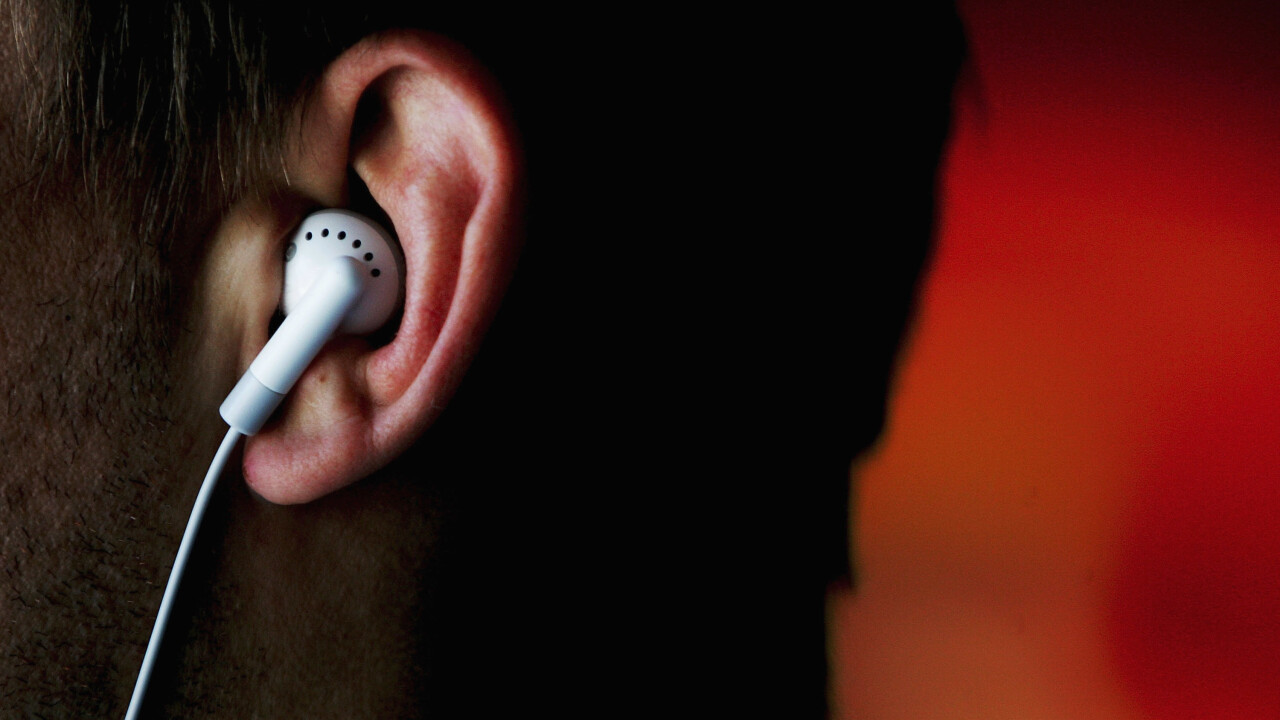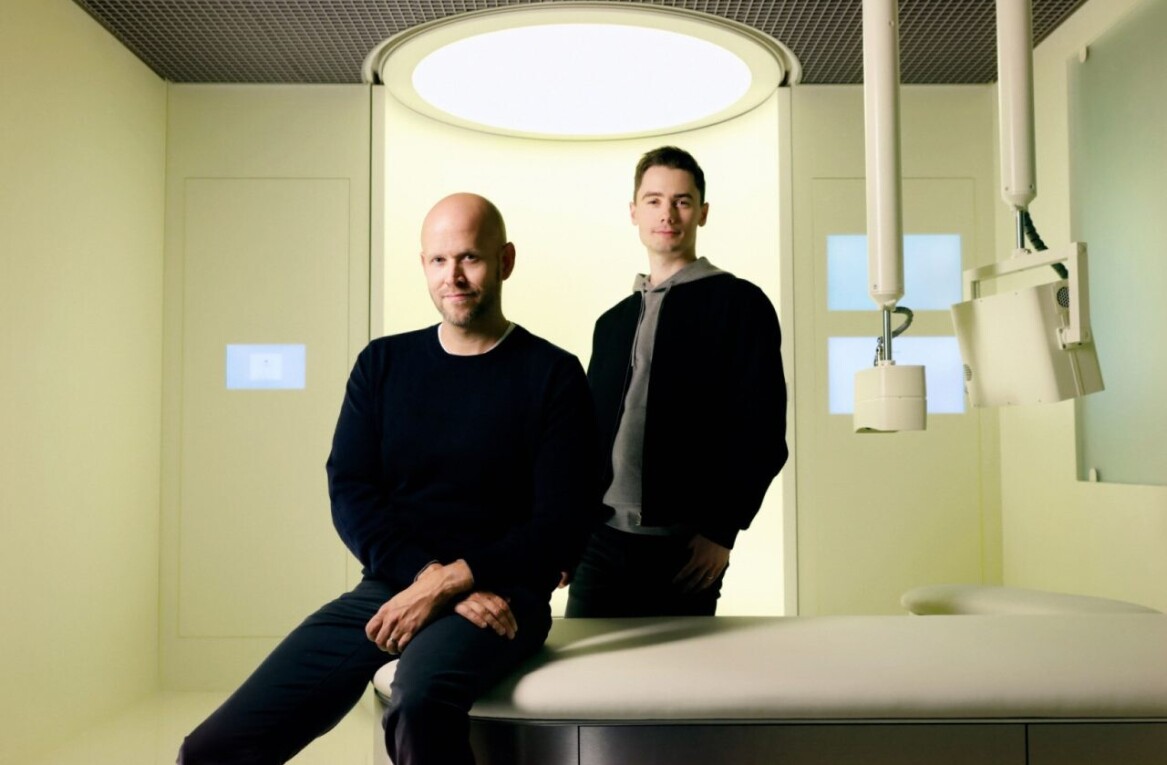
Rdio launched a free, ad-supported version of its music streaming service for listeners in the United States yesterday. It’s only available on the Web and affects just one of its 51 markets worldwide, but Rdio was making a clear statement. It wants more listeners.
Spotify offers a similar service, after recently pulling the 10 hours per month listening cap that affected non-paying users in certain parts of Europe. The company also introduced a free, shuffle-based version for smartphone and tablets; another huge move that made it easier for new users to try its services.
Beats Music
Spotify and Rdio have never faced tougher competition.
Beats Music, a music streaming service by headphone and speaker manufacturer Beats, is launching in the United States next week. Listeners will need to pay a $9.99 monthly subscription, or a special $14.99 family plan with AT&T, to access the service on iOS, Android, Windows and the Web.
Although the company isn’t offering a free tier for Beats Music at launch, the backing of such a prominent brand will certainly make Spotify and Rdio feel more than a little apprehensive.
The big guns
Apple, Google and Microsoft have launched their own respective streaming services in the last 18 months. All of them are influential because they come pre-installed on either iOS, Android or Windows Phone; the three largest smartphone and tablet platforms.
Mobile is a hugely important territory for music streaming services, and this places smaller companies such as Spotify and Rdio at a disadvantage. A percentage of smartphone owners will never download a single app, instead accepting whatever software comes pre-installed on their device.
These users are, therefore, more likely to at least try these services and in the case of Google and Microsoft, sign up for a monthly subscription. Spotify and Rdio, meanwhile, need to persuade users to actively seek out and download their app first. It might sound effortless, but that’s a fair amount of friction and potential opportunities for new listeners to give up.
Microsoft, Apple and Google are all gargantuan companies too. If their music streaming service doesn’t take off or turn a profit for the first few years, it’s not a tragedy. They have other products and services that can generate revenue, and enough cash in reserve to persevere with a struggling music service until it finally takes off. And if it fails completely – Zune is a notable example – these companies can simply throw in the towel, scrap it and start again.
For Spotify and Rdio, however, this is their business. It’s everything that they do.
The stakes are high
Spotify and Rdio need to stand out. They’re up against the likes of Deezer, Sony Music Unlimited and Grooveshark too, as well as internet radio services such as Pandora, Last.fm and Slacker Radio.
That’s a lot of companies competing for your earbuds. A group of these services can probably coexist – competition and choice is healthy – but they’re all looking to grow their user base and paying subscribers.
To do that, Rdio and Spotify need new people to try their services. Once someone is listening to music through one of their apps on a regular basis, they’re far more likely to want to upgrade and begin paying for a premium subscription. As Evernote chief executive Phil Libin once said:
“We don’t care if you pay, we just want you to stay around and keep using it and get all your friends to use it. The longer you stay, the more likely that you’re going to fall in love with it and then pay.”
Furthermore, people are unlikely to pay for a service that they’ve never tried before. Rdio offers free trials for its Unlimited plans and access to radio stations through its mobile apps, while Spotify has continued to tweak its free, ad-supported desktop and web apps.
The recent moves by Rdio and Spotify to offer a more compelling, free service to its users are evidence that either; its previous attempts have failed to add a sufficient number of new, paying subscribers; it sees new and soon to be released services as serious competition for its business.
The bottom line
I doubt that Spotify or Rdio will be going out of business anytime soon. These new, free offerings do indicate, however, the lengths to which both companies are prepared to court new users. It’s important for Spotify and Rdio to not only grow their foundation of free and paying subscribers, but also to make sure that they don’t lose any of them to their closest rival services.
Over the next 12 months, it’ll be interesting to see how both companies fare with this new freemium business model.
Read Next: 15 of the best music streaming platforms online today. Which one is best for you?
Image Credit: Ian Waldie/Getty Images
Get the TNW newsletter
Get the most important tech news in your inbox each week.







